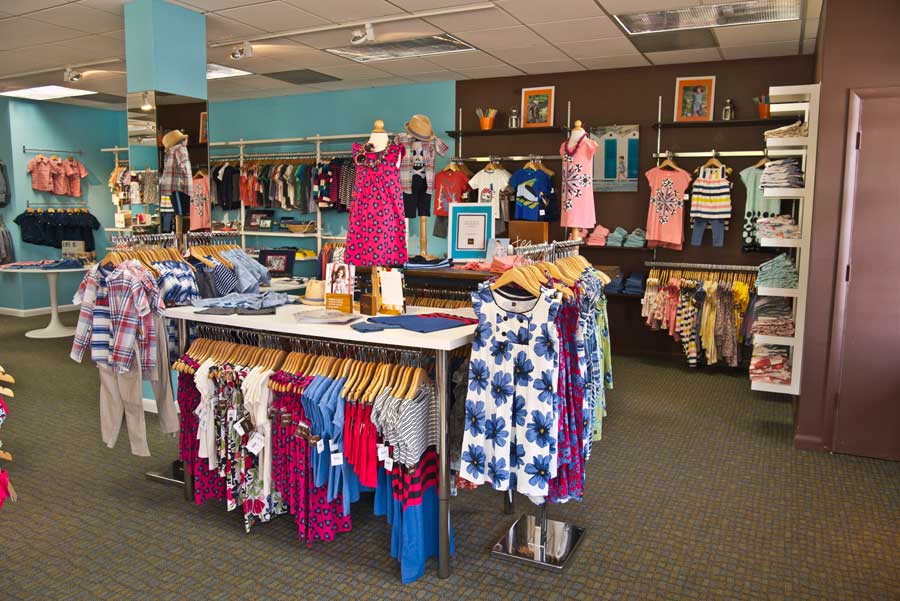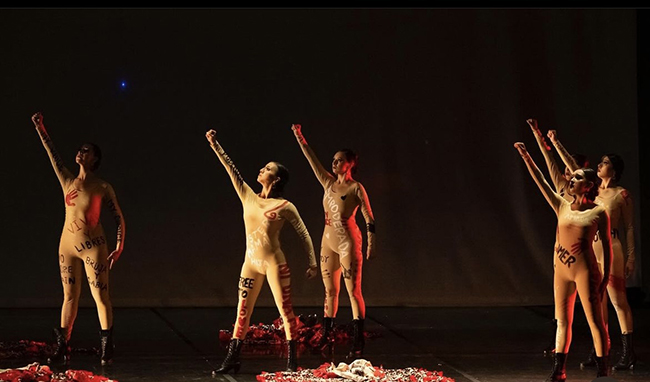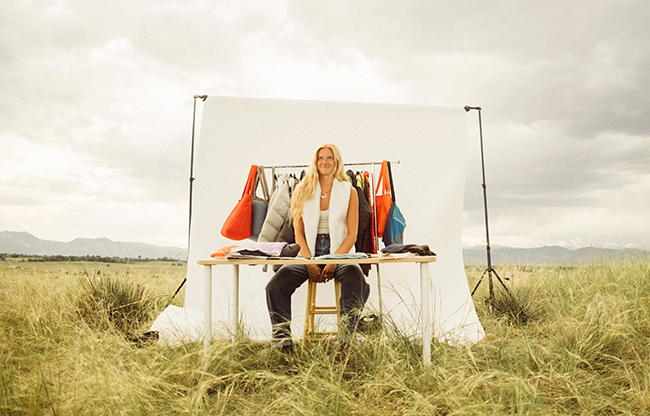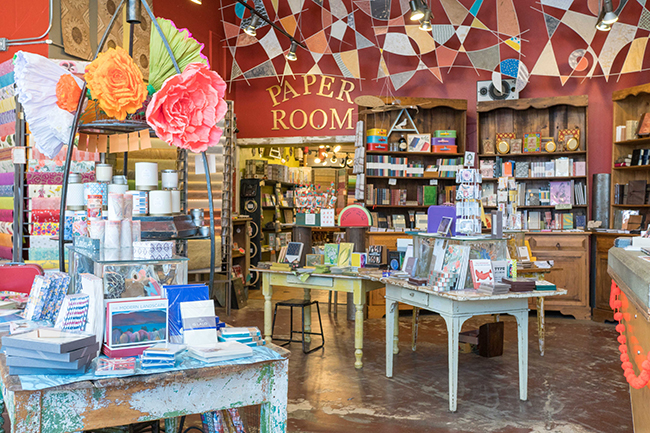Baseball came to Boulder in the 1860s
06 Jun 2016
Play Ball! with Boulder County’s Hayseeds, Hand-Me-Downs and O Be Joyfuls
By Charmaine Ortega Getz Baseball, then spelled “base ball,” was still a young sport when it arrived in a sparsely settled district of the Territory of Colorado known as Boulder County. The first county town to field a team may well have been Valmont. The Rocky Mountain News reported on March 21, 1866, that the Base Ball Club of Valmont was considering a match with Denver’s Colorado Club, which had started in 1862. “If the Valmonters wish to be most beautifully beaten,” the paper wrote in the flowery style of the times, “and to receive at the same time that magnanimous and honorable treatment which gentlemen always afford to defeated antagonists, let them make the proposed challenge.”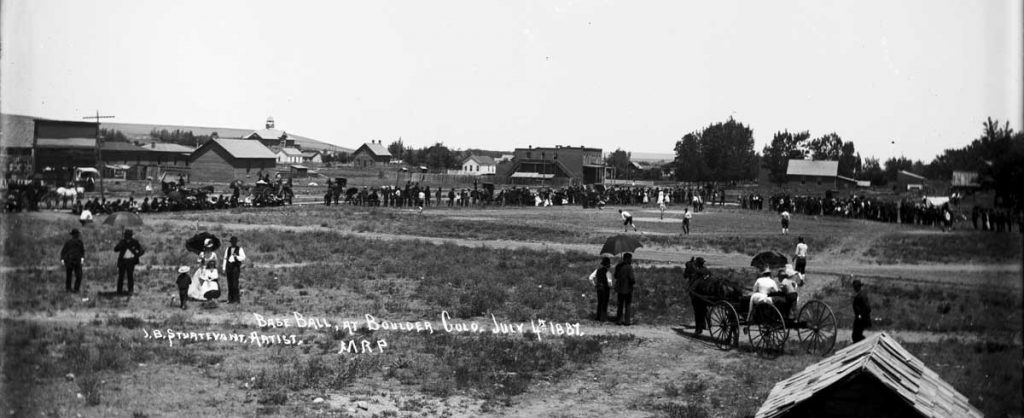
Proper grandstands indicated that a club had truly arrived, and players might even hope to make a modest living out of their sport.An unnamed reporter from the Pioneer was less than impressed after watching one of the first meetups: “While some members might be pretty good hands at poker, old sledge and other standard [card] games, they are not adepts in the art of ball-playing.” By 1887, Boulder’s growing downtown had pushed the ballgrounds to 17th and Pearl streets. The “Boulder Athletic Grounds” were moved again by 1894 to the fairgrounds—sometimes called the “driving grounds”—at the city’s far eastern boundary.
Suiting Up
“Base ball” clubs faded, reappeared and reorganized throughout the county frequently, although they stretched from the mountain settlements to valley towns. There were generally two levels, Seniors for men aged 25 and up, and Juniors from late teens to 24. Once a club had achieved some proficiency it would challenge another club. Success meant fans would willingly pay about 25 cents to sit on rough bleachers and enjoy the show. Proper grandstands indicated that a club had truly arrived, and players might even hope to make a modest living out of their sport.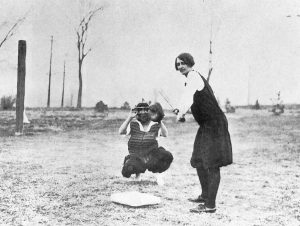
Female Modesty
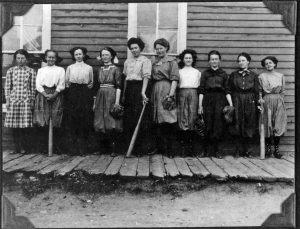
Charmaine Ortega Getz is a Boulder resident and freelance journalist and author of Weird Colorado: Your Travel Guide to Colorado’s Local Legends and Best Kept Secrets.


